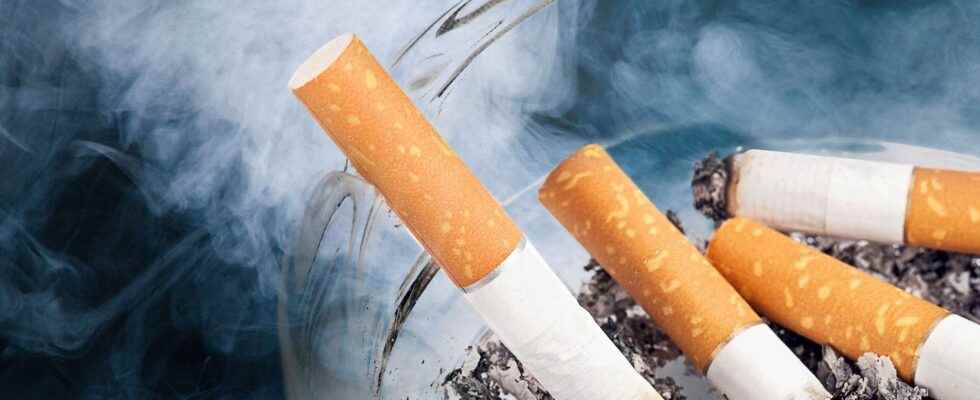Third-hand smoke includes toxic substances from cigarette smoke that linger in the air and on surfaces for a long time. More than 90% of children included in a recent study are affected by this invisible danger.
The cigarette is not dangerous only for smokers, it is also for those around them. Second-hand smoke, which the smoker does not inhale, is responsible for passive smoking. Months after the cigarette is extinguished, traces of smoke remain on surfaces, hair, furniture. It’s third-hand smoke. A study conducted by American researchers indicates that of the 500 children under 12 tested, 96.9% had traces of nicotine on their hands. And this, even if they live in a non-smoking household.
Third-hand smoke, the invisible remains of cigarettes
Specifically, 97.9% of children exposed to smoke have traces of nicotine on the hands. Some parents have told scientists that they are trying to protect their child from cigarette. Despite these efforts, 95.9% of children said to be preserved from cigarettes keep traces of nicotine on their hands. Children aged 2 to 4 living in a modest family of smokers or who associate with smokers are the most exposed.
The effects on children’s health of these traces of nicotine are very little studied to date. With their tendency to put their hands in their mouths, children could ingest traces of nicotine as well as other toxic substances present in third-hand smoke. To reduce this risk as much as possible, it is advisable not to smoke in an enclosed space (house or car), regularly wash sofa covers, curtains or carpets on which harmful particles can accumulate.
Interested in what you just read?
